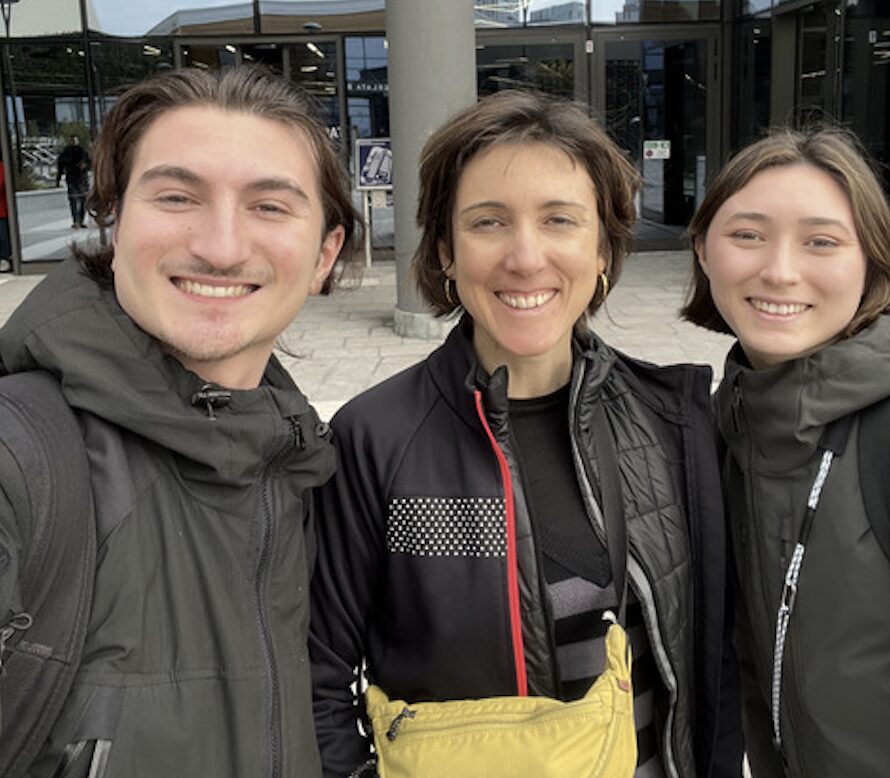
♻️ Faced with environmental and social challenges, companies must rethink their operations to reduce their impact.
In this article, we discuss how Decathlon is evolving its business model towards a circular economy approach, providing inspiration for your ecological and social transition journey!
🕐 Reading Time: 10 minutes
Table of Contents
1. Our Meetings with Decathlon France and Italy
2. Circularizing Business Operations: The Decathlon Case
2.1 Redesigning Product Conception
→ Durability, Repairability, Recyclability, and Inclusivity
2.2 Offering New In-Store Services to Customers
→ Rental, Repair, and Trade-In
3. What Surprised Us the Most
We had the opportunity to meet with Decathlon twice: in France and then in Italy! During these meetings, we learned more about Decathlon’s ecological and social transition strategy with Nicolas Duclot (Quality Manager 🇫🇷), Dorothée Monsigny (Head of Sustainability 🇮🇹), and Sabrina Bonanno (Product Manager Adapted Sport 🇮🇹).
We also met and interacted with Gaëlle, Emilie, Thomas, and Joseph—thank you all!
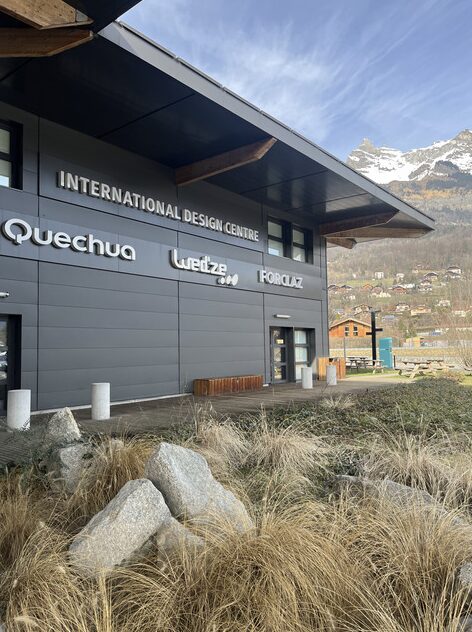
Decathlon Passy – Mountain Store Offices and store blend into the mountain landscape 🇫🇷
Breaking news…Decathlon is becoming a purpose-driven company! This will lead to changes in its business model, as well as in management and organizational practices.
Since its inception, the company has been committed to sustainability, both in sports practice and its products. Increasingly, through its values, internal and external commitments, and production and distribution processes, it integrates environmental and social issues into its business model.
"A purpose-driven company is a commercial enterprise that has adopted a purpose incorporating the consideration of social, societal, and environmental impacts. The purpose must include one or more of these objectives. The aim of a purpose-driven company is to reconcile the pursuit of economic performance with contributing to the greater good."
- The Business Directory, French Government
With the new CEO, Barbara Martin Coppola, who joined two years ago, Decathlon’s mission has evolved:
“Making the pleasure and benefits of sports accessible to the many in a sustainable way”
Mission from 1976 to 2024
“Move people through the wonders of sport”
Mission and purpose since 2024
The strategy behind this new ambition is to promote sports in a sustainable and innovative way. To achieve this, Decathlon aims to shift its business model towards a circular economy, known in English as a circular business model.
How? By redesigning product conception (durability, recyclability…) and offering new in-store services (rental, repair).
Understanding the circular economy.
In this model, the company rethinks its activities from a linear “extract, produce, consume, dispose” approach—which causes significant environmental impacts—to a circular approach, focusing on reuse rather than disposal.
"The circular economy involves producing goods and services sustainably by limiting resource consumption and waste production. This model creates positive value loops at each use or reuse stage before final destruction. It emphasizes new modes of design, production, and consumption, extending product life, prioritizing use over ownership, and recycling components."
- National Institute of Circular Economy
A circular business model follows the same principles for a company or organization.
"Unlike the classic business model, a circular business model (CBM) generally does not primarily aim for economic performance but rather to close the loops of energy, material, and waste flows while ensuring satisfactory profitability and long-term sustainability."
- Helen Micheaux and Franck Aggeri (2016)
Committed to respecting the environment and people since its creation, Decathlon aims to take a significant leap forward by circularizing its entire production chain for a more positive impact.
The goal?
→ Align economic value with environmental and social values.
→ Be an example of successful transformation.
"If you manage to move a giant like this, it sends a strong message to other companies that will want to follow suit,"
- Nicolas, Quality Manager.
The challenge?
→ Making the circular business model profitable enough to scale the transition.
The means?
To circularize its business model, Decathlon redesigns product conception (2.1) and offers new in-store services to its customers (2.2).
For several years, Decathlon has focused on improving product design to extend their lifespan and increase inclusivity. This initiative aims to integrate durability (resistance, performance, reliability), repairability, and inclusivity from the product design phase.
This is known as eco-design and eco-friendly products.
It involves designing more inclusive and long-lasting products from less polluting materials—the opposite of fast fashion.
To enhance product durability, Decathlon has implemented precise processes since 2020:
To enhance product repairability, Decathlon relies on the same processes as durability. The criteria for considering a product repairable are:
→ All to offer a second life to products by facilitating their repairability.
To enhance product recyclability, Decathlon:
Indeed, Decathlon conducts experiments with several stakeholders specializing in recycling. The goal? To create a product recyclability assessment tool to measure:
Additionally, Decathlon involves and trains all actors across its production chain on:
Decathlon teams consider climate change issues in their strategy. For instance, the “Ski Sports” section 🇫🇷 is reinventing its product strategy due to the gradual disappearance of snow in the mountains: these are weather-dependent products.
During our tour in Italy, we met Sabrina, Product Manager Adapted Sport. The Adapted Sport branch aims to make sports accessible to everyone by creating products for people with disabilities. It has existed since 2016 in Italy and since 2022 internationally.
To create inclusive products, Sabrina and her team follow a test & learn approach, staying close to and listening to users:
“My daily challenge is to create products that make people love sports. I want my products to be beautiful and inclusive to engage people with disabilities,”
- Sabrina, Product Manager Adapted Sport.
For Sabrina, the most important thing is her relationship with consumers and their feedback. Without them, she cannot develop these new products that are still rare in the market.
Examples of products:
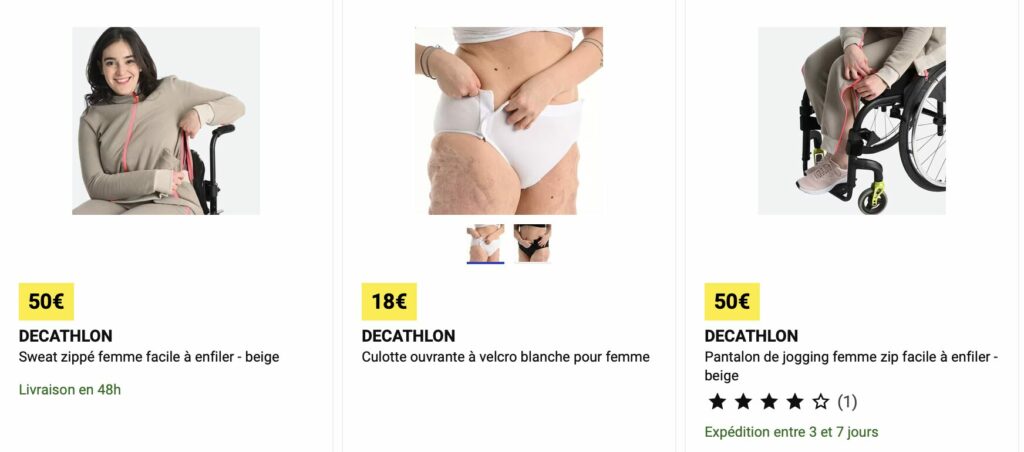
In line with circularity, Decathlon is also developing more responsible new services: rental, repair, and consignment sales.
Initially present in only a few stores as a test phase, the rental service aims to be available in all stores.
The company allows customers to rent certain products for a specified period based on usage:
→ Rental services help reduce the environmental costs associated with product production.
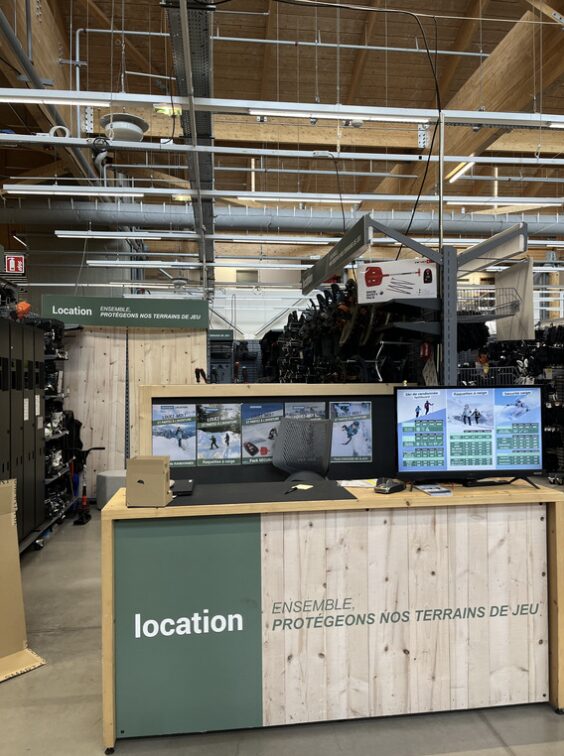
Rental services offered at Decathlon Passy – Mountain Store 🇫🇷
In some stores, particularly the one we visited in Passy, it is possible to drop off a defective item for repair instead of buying a new one!
However, the economic aspect of repair versus repurchase remains a challenge. It is often still cheaper to produce the same item rather than repair it. Dorothée 🇮🇹 explained that a key factor in spreading a circular business model across Decathlon is the profitability of repair services.
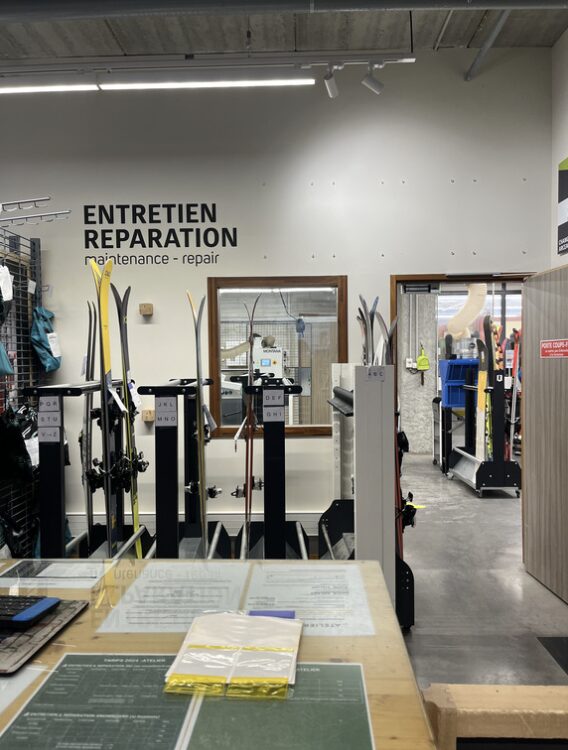
Repair services offered by Decathlon Passy – Mountain Store 🇫🇷
"We cannot sustain a circular business model that is not profitable. All opportunities must be identified."
- Dorothée, Head of Sustainability Italy
Decathlon’s first circular initiative, the Trocathlon, has been held annually since 1986. It is a consignment sale event organized by Decathlon, allowing any customer to sell their equipment or buy second-hand products.
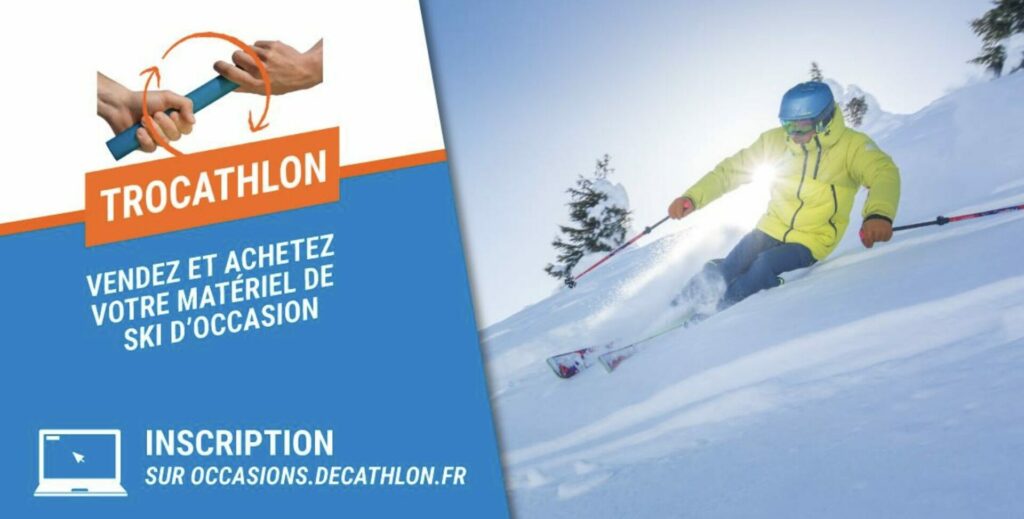
Key success factors for developing a circular economy in business:
→ Integrate sustainable development into the company’s mission and values
→ Include sustainable development goals in employees’ job descriptions
→ Start circular projects on a small scale & consider their scalability
→ Obtain board support
→ Make new circular services and products profitable
→ Create and engage a community around second-life products
😮 Most of Decathlon’s initiatives in favor of circularity and responsibility stem from employee initiatives on the ground who want to make a change. Some were tired of having to discard returned products, so they started developing methods to repair or recycle these products. Thanks to these local initiatives, the group decided to gather all these projects to develop a strategy to make its economic model more circular.
Thank you for reading this article ❣️
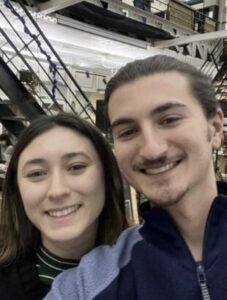
Authors: Vincent and Clémentine, The Managerial Odyssey 2024.
| Cookie | Duration | Description |
|---|---|---|
| cookielawinfo-checkbox-analytics | 11 months | This cookie is set by GDPR Cookie Consent plugin. The cookie is used to store the user consent for the cookies in the category "Analytics". |
| cookielawinfo-checkbox-functional | 11 months | The cookie is set by GDPR cookie consent to record the user consent for the cookies in the category "Functional". |
| cookielawinfo-checkbox-necessary | 11 months | This cookie is set by GDPR Cookie Consent plugin. The cookies is used to store the user consent for the cookies in the category "Necessary". |
| cookielawinfo-checkbox-others | 11 months | This cookie is set by GDPR Cookie Consent plugin. The cookie is used to store the user consent for the cookies in the category "Other. |
| cookielawinfo-checkbox-performance | 11 months | This cookie is set by GDPR Cookie Consent plugin. The cookie is used to store the user consent for the cookies in the category "Performance". |
| viewed_cookie_policy | 11 months | The cookie is set by the GDPR Cookie Consent plugin and is used to store whether or not user has consented to the use of cookies. It does not store any personal data. |